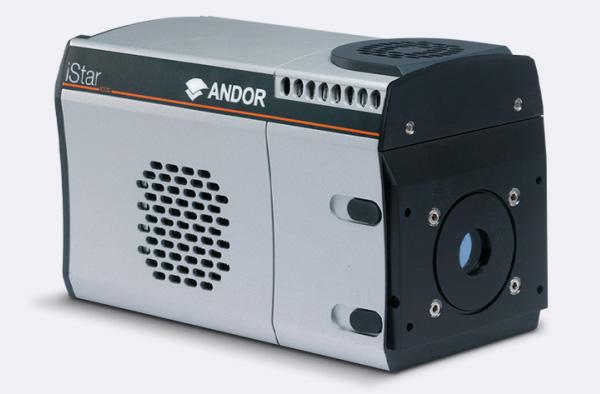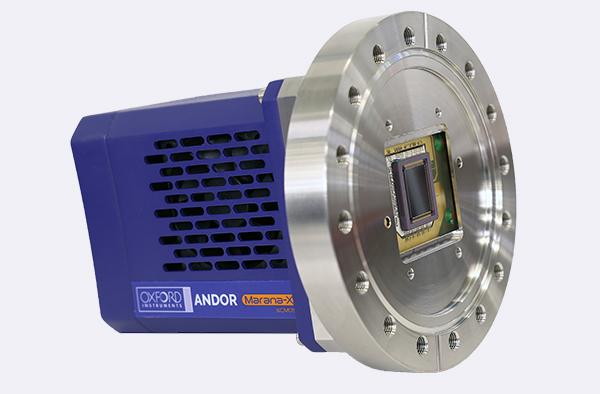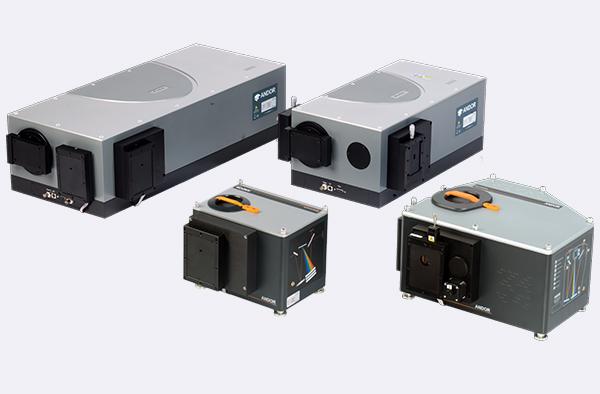Resources
 Part of the Oxford Instruments Group
Part of the Oxford Instruments Group
Expand
Collapse
Fusion plasma characterisation is essential for the development of nuclear fusion, an almost unlimited, clean and renewable energy source that could help the world achieve net-zero goals. However, nuclear fusion requires high-sensitivity and high-speed detection solutions that can operate in challenging environments, such as those found in Z-pinch Fusion, Inertial Confinement Fusion (ICF), Stellarator and Tokomak reactors. Andor’s portfolio of intensified gated cameras, direct detection X-ray cameras, high speed sCMOS cameras and spectrographs is designed to meet these needs and provide a wide range of fusion diagnostics solutions.
Whether you need imaging or spectroscopy, Andor has the right solution for you. Andor’s cameras and spectrographs are highly sensitive and versatile, with a variety of opto-mechanical interfaces, triggering and acquisition setup options to suit your needs. Andor’s cameras offer tailored solutions from the Near-Infrared to hard X-rays.


